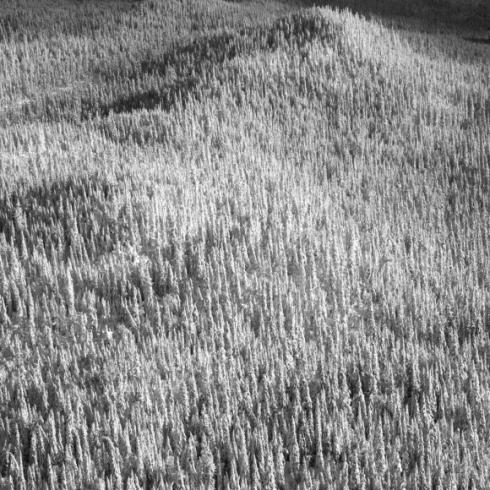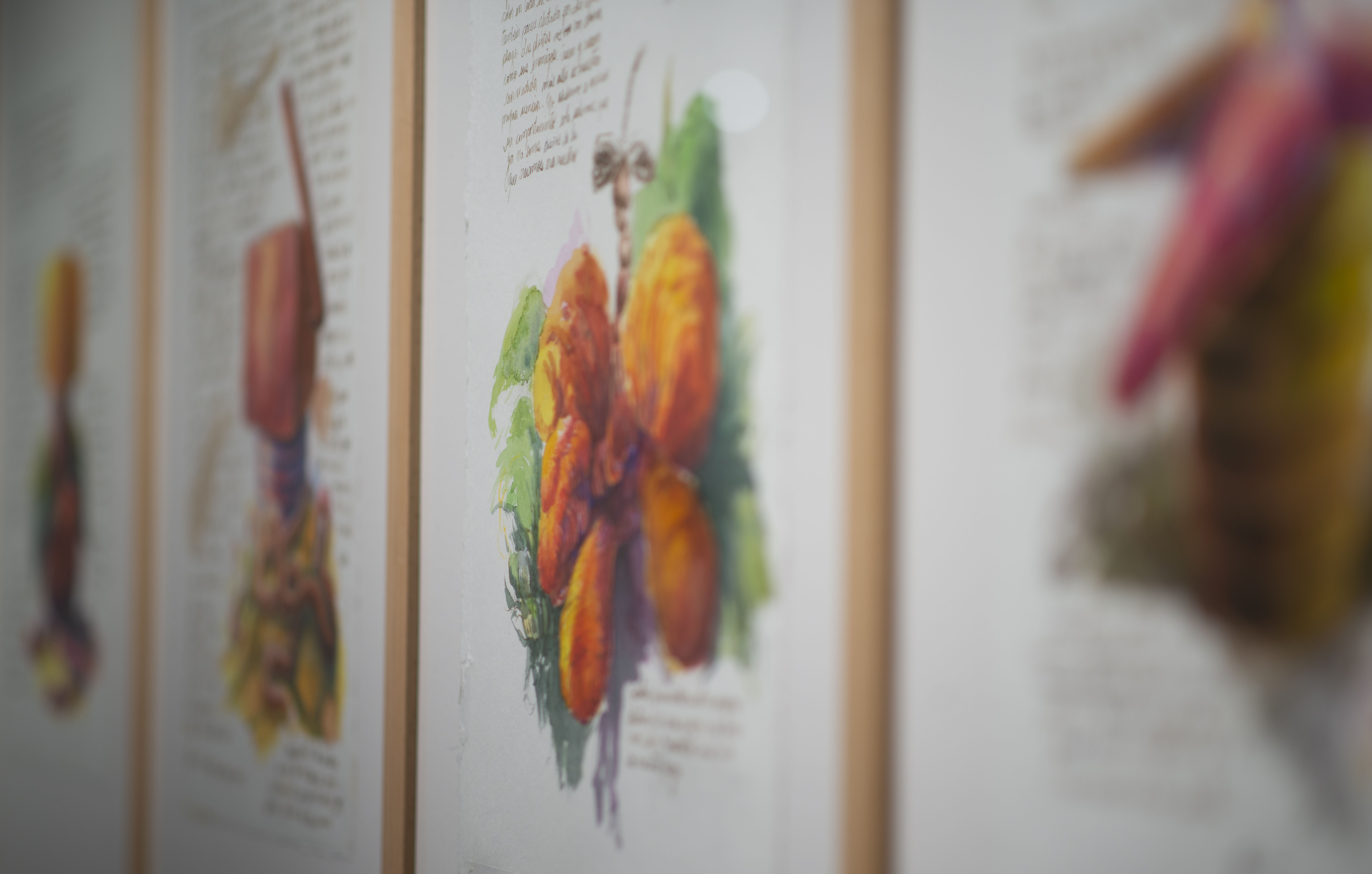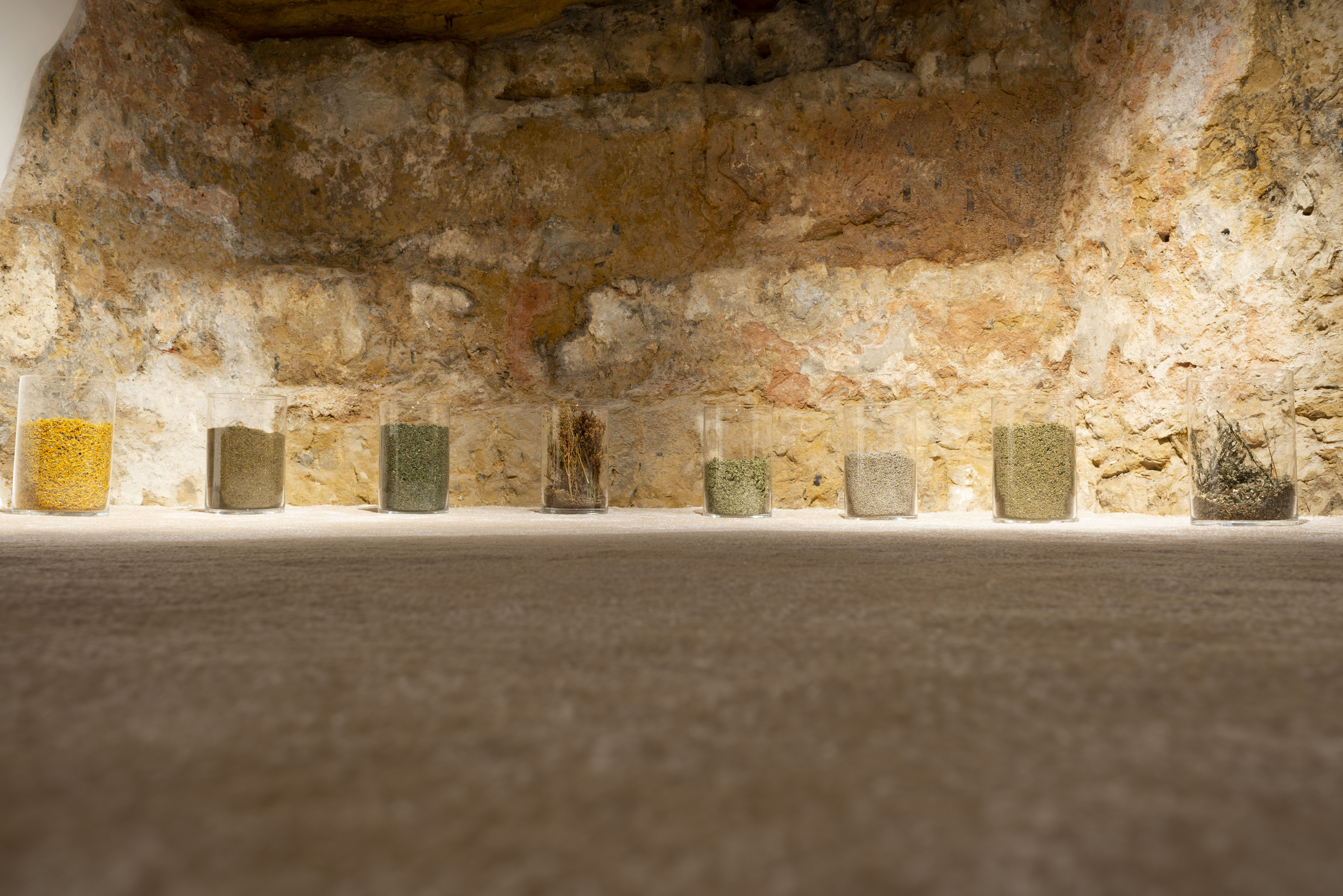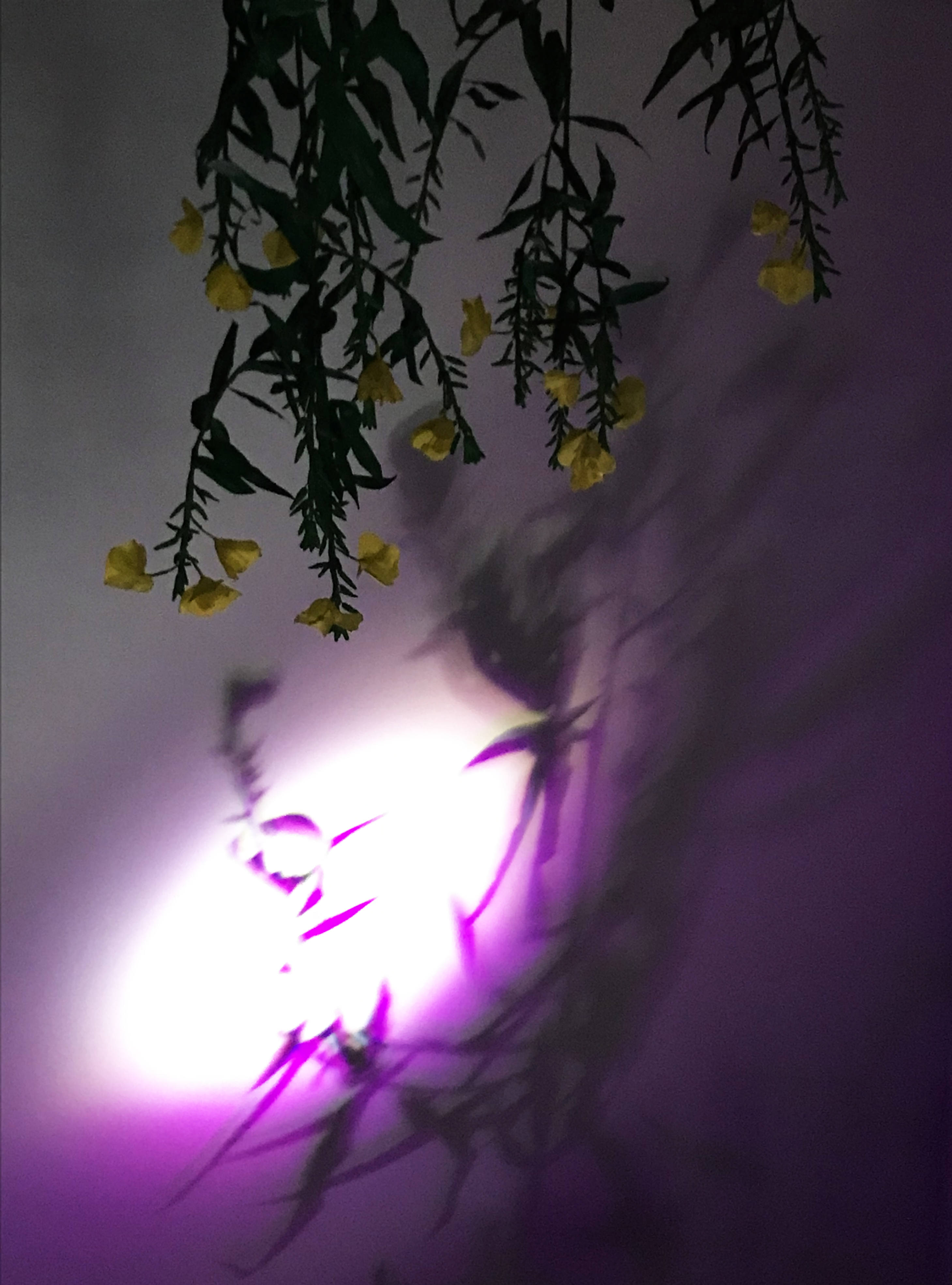21 jan. 2022Woven in Vegetal Fabric: On Plant Becomings

How do plants and humans interact? In what ways do they shape our thinking? This is what Woven in Vegetal Fabric: On Plant Becomings seeks to explore. Bringing together artists and researchers to reflect on what we can learn from the plant world, the project kicks off next week with a series of interdisciplinary workshops and lectures, followed by an exhibition at Casino Display and a publication with contributions from members of the research group. We met up with the artist-curator Charles Rouleau at the Casino to find out more about this boundary-breaking project.

Carlos Molina, Herbarium, photo: Charles Rouleau
Interdisciplinary exchange on vegetal processes
“The idea is to peak into the vegetal system that surrounds us all,” begins Charles, “The title speaks to the vast network of tree roots that lie hidden just below the surface.” A central concern here is listening to plants, which is approached and explored from different angles including forest science, ecoacoustics and biology. “The goal is to showcase a panorama of critical thinking,” the curator continues, “We want to create a forum for experimentation and leave the space for randomness to happen.”
The project, in the way that it spans diverse disciplines and develops in unpredictable ways, draws strongly on the botanical concept of the rhizome as defined by Guattari and Deleuze, an approach that favours multiplicity and flux over homogeneity and fixed states. When asked why vegetal processes have proven to be such fertile ground for thinkers, Charles muses that “philosophy often draws on concepts relating to humans and animals, but plants offer a new way of thinking. The plant exists within a network and can be especially useful if thinking in terms of posthumanism, which sees the human as part of a larger evolving ecosystem.”

Catherine Duboutay, Space of Wildness, photo: Charles Rouleau
Of course, these philosophical reflections are very far away from the day-to-day work of biologists, geologists and forest scientists. “It’s challenging because we’re all talking about the same thing, but we have such different approaches, vocabularies and ways of thinking,” Charles observes. The research week is designed to discuss these diverging perspectives and promote exchange across different disciplines. A key focus here will be questioning conventional modes of knowledge production or as the curator puts it, “thinking about the way we know”. The ensuing publication will also reflect this and allow authors to work visually as well as textually.
Artistic responses to the botanical world
Extending in root-like fashion through Luxembourg’s sociocultural landscape, Woven in Vegetal Fabric: On Plant Becomings collaborates with various institutions and organisations like the Naturmusée, CID Fraen an Gender, the amateur choir group Jubilate Musica and various high schools, including the Lycée des Arts et Métiers and the Lycée Edward Steichen. The exhibition at Casino Display also showcase the work of three art students from the Greater Region and Benelux, selected by means of an open call. Himself a master’s student in artistic research at the University of Amsterdam, Charles notes that “it made sense to work with other students, I just love the university environment and the freedom of thought it offers.”

Leonie Brandner, My Ears are my Eyes, photo: Charles Rouleau
The show presents a diverse selection of artistic responses to the botanical world. Catherine Duboutay, for instance, explores the idea of plants as aphrodisiacs and how they change the human body in their work Space of Wildness. The artist will also stage a performance in the exhibition space and speak about their piece at a lunchtime talk hosted by CID Fraen a Gender. Fascinated by the notion of the mundane, Leonie Brandner chose to create a piece about the evening primrose, an often-overlooked yellow flower that grows on the side of roads. My Ears are my Eyes draws on the primrose’s ability to sense vibration and effectively listen to what’s going on around it as well as its many cultural connotations, medicinal uses and its connection to the moon cycle. The multisensory installation features a performance by a local amateur choir and the scent of the flower itself.
A series of drawings by Carlos Molina is also on display in the exhibition. Here, the artist reflects on what post-anthropocene plants might look like, in other words, plants that have reacted against the Anthropos, the human. Entitled Herbarium, the series imagines how researchers might encounter and document these new vegetal forms and comments on traditional modes of knowledge production. Charles’ own piece consists of an immersive quadrophonic sound installation. What the spectator hears are field recordings of electromagnetic inductions going through trees in Amsterdam’s Vondelpark, the work offering a “speculative sonic world” that reflects on the way plants respond to sound and vibration. After all, he adds, “with plants there’s always this double bind; you’re never going to know what they’re thinking, but humans continue to be fascinated by them.”
Charles Rouleau, Vondelpark part 1 & 2, photo: Charles Rouleau
When asked how he felt about wearing two hats in the project – he is both the curator and a participating artist – Charles observes that it was a fairly natural process for him. “I’m doing a full-time master’s degree, creating artwork and curating the exhibition, everything is intertwined. I like it that way,” he concludes.
The exhibition Woven in Vegetal Fabric: On Plant Becomings opens at Casino Display on the 28th January 2022. Don’t miss next week’s programme of events leading up to the opening:
- 26th January, 12 pm: Ecoacoustic research and its expression through ecological sonic visual art
- 26th January, 7 pm: My ears are my eyes
- 27th January, 12 pm: From plants to soil organic matter
- 27th January, 7 pm: Deep time, deepdream, deepmind
Les plus populaires
- 20 juil. 2023
- 04 avr. 2024
- 27 mar. 2024
- 26 mar. 2024
ARTICLES
Articles
19 avr. 2024Micro-Truc
Articles
15 avr. 2024TAKEOVER – METAL EDITION
Articles
12 avr. 2024

